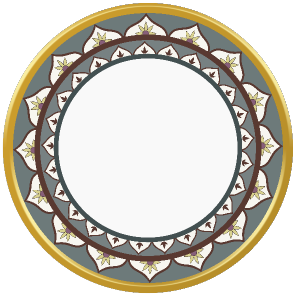

0


0

ART AND CULTURE
By Saswati Borthakur
14 March, 2017

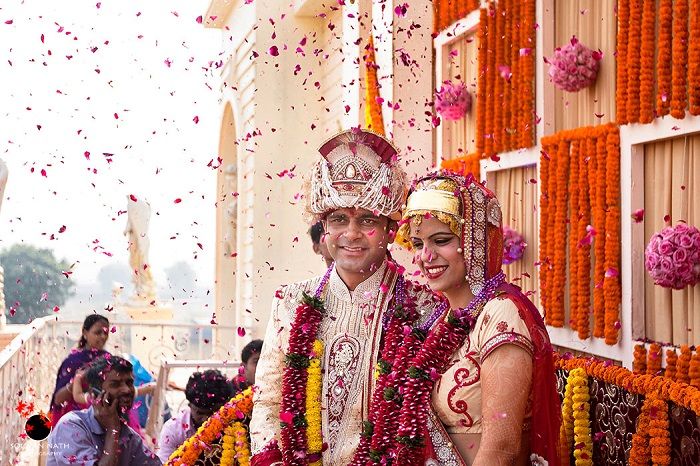 Newly Wedded Couple (Kashmiri Wedding)
Newly Wedded Couple (Kashmiri Wedding)
The state of Jammu and Kashmir, the northernmost state in India presents itself as the 'Crown of India'. The land of unparalleled beauty, sloping hills, and lush valleys sits prettily amidst the Himalayas and Pir Panjal mountain range. Due to its proximity to Central Asia, Southeast Asia, Pakistan, and Afghanistan, the culture is reflective of the varied influences.
Today, let us look at some unique traditions associated with Kashmiri Muslim and Kashmiri Pandit weddings. These wedding rituals are reflective of the various ethnic influences this beautiful valley has had over the centuries.
The traditional Kashmiri Muslim wedding is a little different from the typical Muslim wedding.
Mabadh: The families of the prospective groom and bride, usually meet at a religious place like dargahs etc. If the alliance is accepted by both sides, they present the girl with some token jewelry. Gifts of dry fruits are usually exchanged.
Musical Night: A musical get-together is organized at the girl and boy's homes, where they sing traditional folk songs usinga drum called Tumaknari.
 Tumaknari
Tumaknari
Mehendiraat: On the eve of the wedding, the groom's family sends over Henna or Mehendi to the bride's house. This ceremony called the 'Mehendiraat', intricate designed are made on the bride-to-be's hands and feet.
 Mehendiraat
Mehendiraat
Wedding Songs: On the wedding day, the ladies from the bride's side sing songs called 'vadvun' and welcome the groom. The people accompanying the groom are called 'Yenevol'.
 Wedding Night
Wedding Night
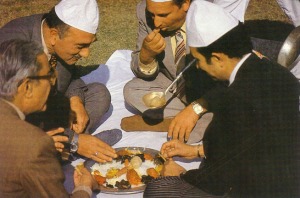 Wazwaan
Wazwaan
 Preparation of Wazwaan
Preparation of Wazwaan
Nikaah: After the feast, the guests sit down for the Nikaah, which is the official Marriage Contract under Muslim Law.
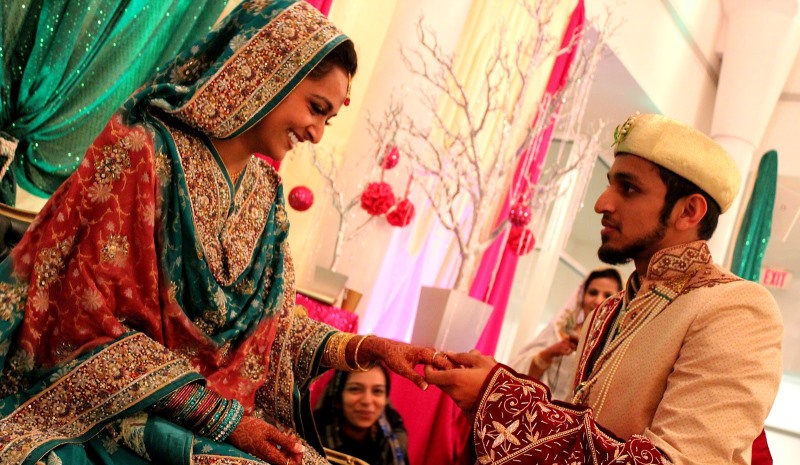 Nikaah
Nikaah
After the wedding, the bride stays at the groom's place for seven days after which she leaves for her maternal house. They are welcomed with great joy and enthusiasm.
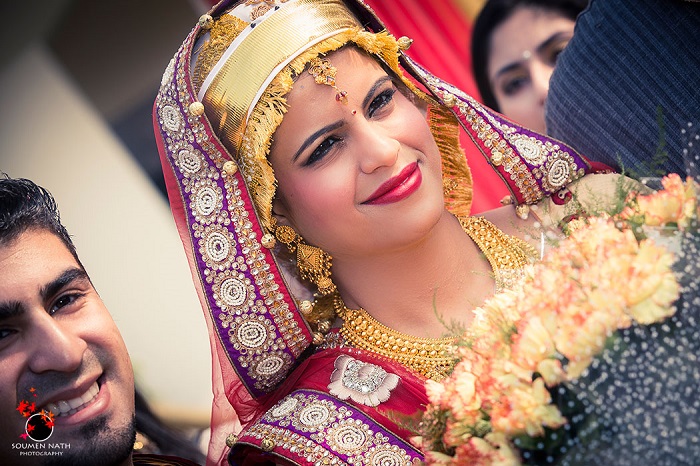 Kashmiri Wedding
Kashmiri Wedding
Kasamdry: It is the formal ceremony of engagement in Kashmiri wedding, usually held at a temple. Both the parties confirm their alliance by exchanging garlands.
Var: Var, a type of rice pudding is prepared and distributed. Along with that, misri and dry fruits are sent to the boy's place.
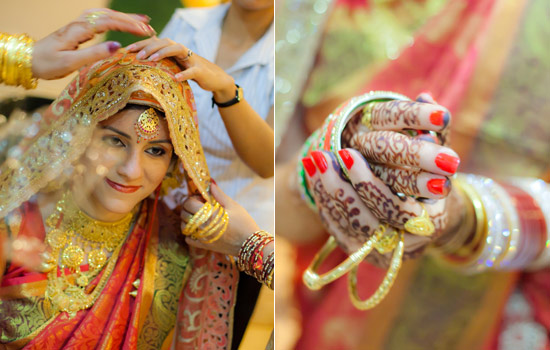 A Bride is getting ready
A Bride is getting ready
Livun: It is the ceremonial cleansing of the house before the wedding. To prepare for the wedding feast, the 'Waza' or the cook, puts a clay oven on which the feast will be cooked.
Wavun: The evening of the day of 'Livun', a musical get-together is organized called the 'sangeet' ceremony. People sing folk songs and the family members sing, dance and make merry.
Maenziraat: This ceremony typically commences a week prior to the wedding. The entrance of the house is decorated beautifully and this decoration is called the 'Krool Kharun'.The bride-to-be is engaged in a bathing ritual. After this, 'maenz' or henna is applied on the hands and feet of the bride. The ladies of the house also make elaborate designs on their hands.
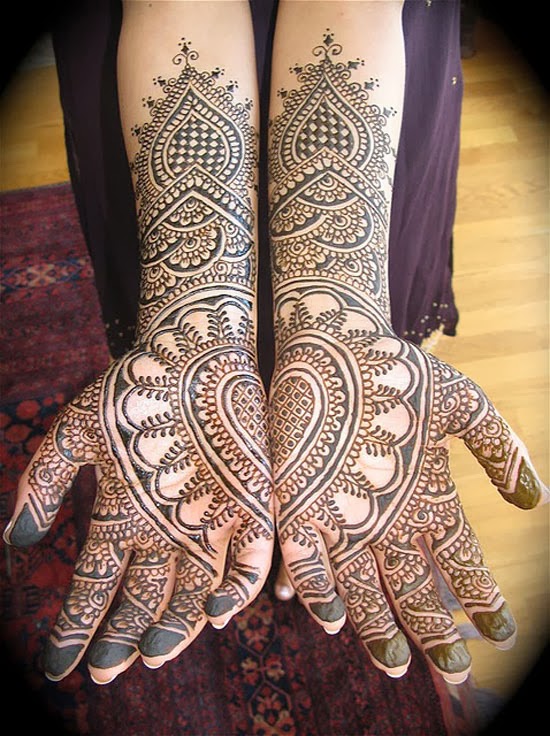 Heena
Heena
Janeyu or Sacred Thread Ceremony: This ritual is very crucial to the groom-to-be. The groom is made to wear the Janeyu across his chest.
Divagone: This is the ceremony that marks the transformation of the groom and bride into man and wife. The ceremony begins with the worship of God Shiva and Goddess Parvati. When Kashmiri girls are very young, their ears are pierced and the hole passes through the middle cartilage of the outer ear. The bride adorns the 'dejaharu' which is a thread which has gold tassles at the end.
Weddings are a time for celebrating togetherness and merriment. Kashmiri weddings are no different. Due to the various influences of the Kashmiri civilization over the centuries, the rituals and traditions have also evolved with time. In subsequent articles, we shall talk about a various aspect of the Kashmiri way of life.